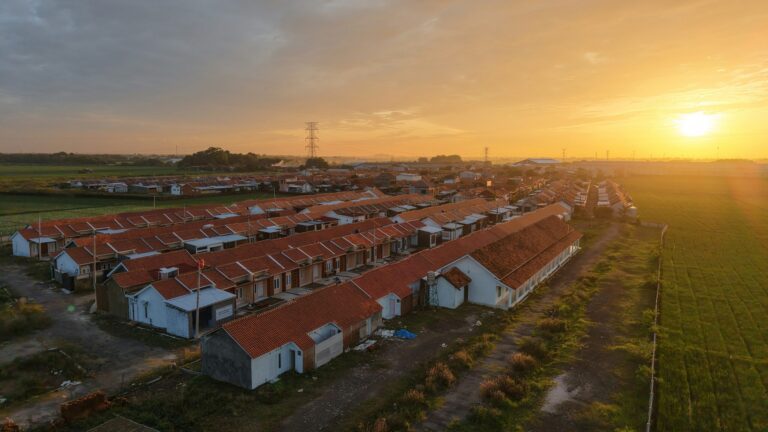On April 8, 2024, a report from the U.S. Department of Housing and Urban Development (HUD) highlighted the intensifying affordable housing crisis, prompting both government and private sector leaders to launch new development initiatives aimed at expanding the availability of low-cost housing in high-demand urban and suburban areas. This growing crisis has become a critical issue for many communities across the nation, with rising housing costs pushing many individuals and families to the brink of financial instability. Key players in these efforts include government agencies, developers, non-profit organizations, and community leaders, who are working together to find solutions to the increasing demand for affordable housing.
A significant turning point in addressing the affordable housing crisis has been the introduction of innovative public-private partnerships aimed at creating more affordable housing options in cities and suburbs. These partnerships leverage a variety of tools, including tax incentives, zoning changes, and low-income housing tax credits, to encourage the development of new, affordable units. The goal is to overcome the financial barriers that typically hinder the construction of low-cost housing, particularly in high-demand areas where the cost of land and construction is high. By aligning the interests of the public and private sectors, these initiatives aim to produce sustainable housing solutions that benefit a wide range of residents.
A key focus of these new development initiatives is the creation of mixed-income housing, which integrates affordable housing into broader community designs. This approach helps prevent the creation of isolated low-income neighborhoods and fosters more diverse, inclusive communities. Mixed-income housing developments often include a range of unit types, catering to families, seniors, and individuals at various income levels, and they are frequently located near public transportation, schools, and other amenities. This integration is seen as a vital step toward revitalizing struggling neighborhoods while providing affordable options for those in need.
The lasting impact of these efforts is expected to be a more robust supply of affordable housing in areas where it is most needed. As both government and private sector initiatives continue to expand, affordable housing could become more embedded in urban planning. These developments will not only address immediate housing shortages but also promote long-term community sustainability. By ensuring that affordable housing is available in thriving neighborhoods, these efforts are contributing to the broader goal of reducing homelessness and housing instability, which are increasingly seen as critical challenges in many parts of the country.
Moreover, as more affordable housing units are built, the focus may shift toward making these communities more inclusive and accessible. This could involve ensuring that affordable housing is not only available in urban cores but also in suburban areas, where affordable options are often scarce. Additionally, new zoning regulations and land-use policies may continue to evolve to facilitate the construction of affordable housing in desirable locations, further alleviating pressure on housing markets in major metropolitan areas.
In conclusion, the new development initiatives aimed at addressing the affordable housing crisis represent a promising step toward solving one of the most pressing issues in American cities today. By fostering collaboration between government agencies, developers, and non-profit organizations, and by leveraging innovative financial and zoning solutions, these efforts are poised to make a lasting impact. As the demand for affordable housing continues to grow, these initiatives offer hope for a future where more families can secure safe, stable, and affordable homes in communities where they can thrive.
